Two hundred movers, shakers, and river-lovers gathered in the auditorium of the newly renamed Marion Stoddart Building at the Groton-Dunstable Middle School on Friday, October 25, to celebrate Stoddart’s legacy, watch Susan Edwards’ film about her, “Marion Stoddart: The Work of 1000,” and hear from Stoddart herself.
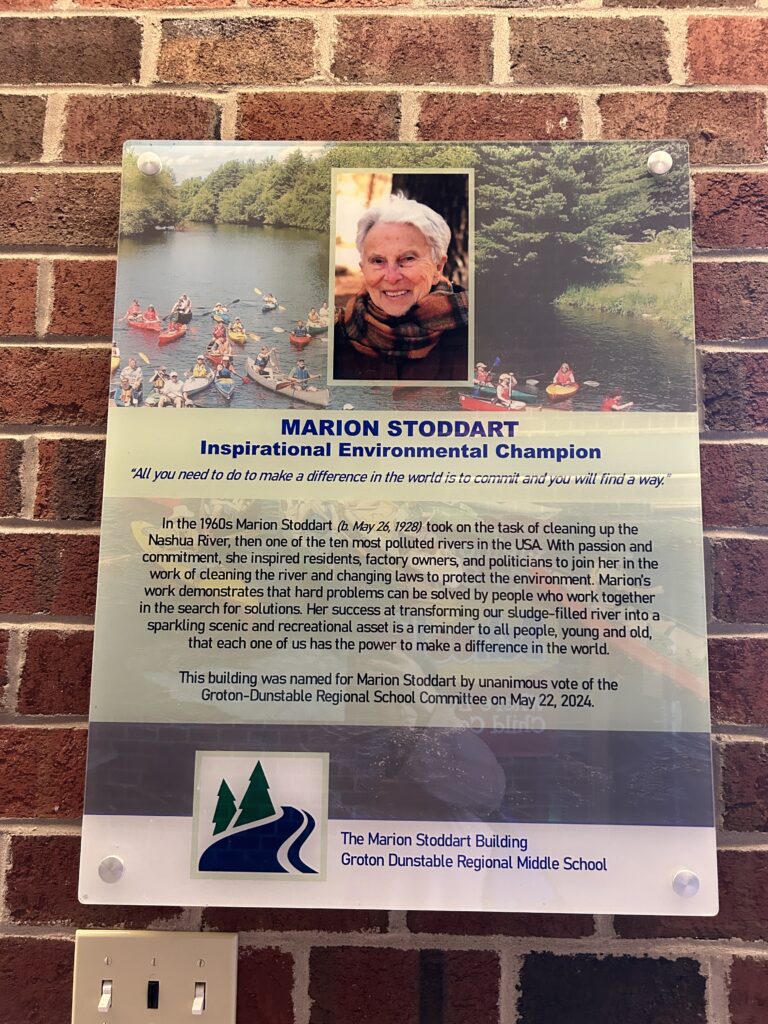
A native of Nevada, Stoddart moved to Groton with her husband, Hugh, in the early 1960’s. Seeking meaning in her life, the mother of three young children was inspired by a quote she heard on the radio that one committed person can do the work of 1000. Thus began her activism toward restoring the Nashua River. The Nashua watershed is the next watershed west from Acton’s SuAsCo watershed, and both are part of the larger Merrimack River system.
When Stoddart began her work, the Nashua River was a dumping ground for people and industries and one of the ten most polluted rivers in the United States. Susan Edwards has said that people used to back their trucks up to the river and dump out their garbage to be washed away.
“I am always bound by guilt,” Stoddart said in the film. “What am I doing here? What can I do to make the world a better place? People make a difference. You don’t have to be someone special or super bright, just an ordinary person; first have a vision, then make a commitment to that vision.” Stoddart mobilized a cleanup effort; she took bottles of polluted water to the State House, testified in front of the governor and legislators, and convinced towns along the river to build wastewater treatment plants.
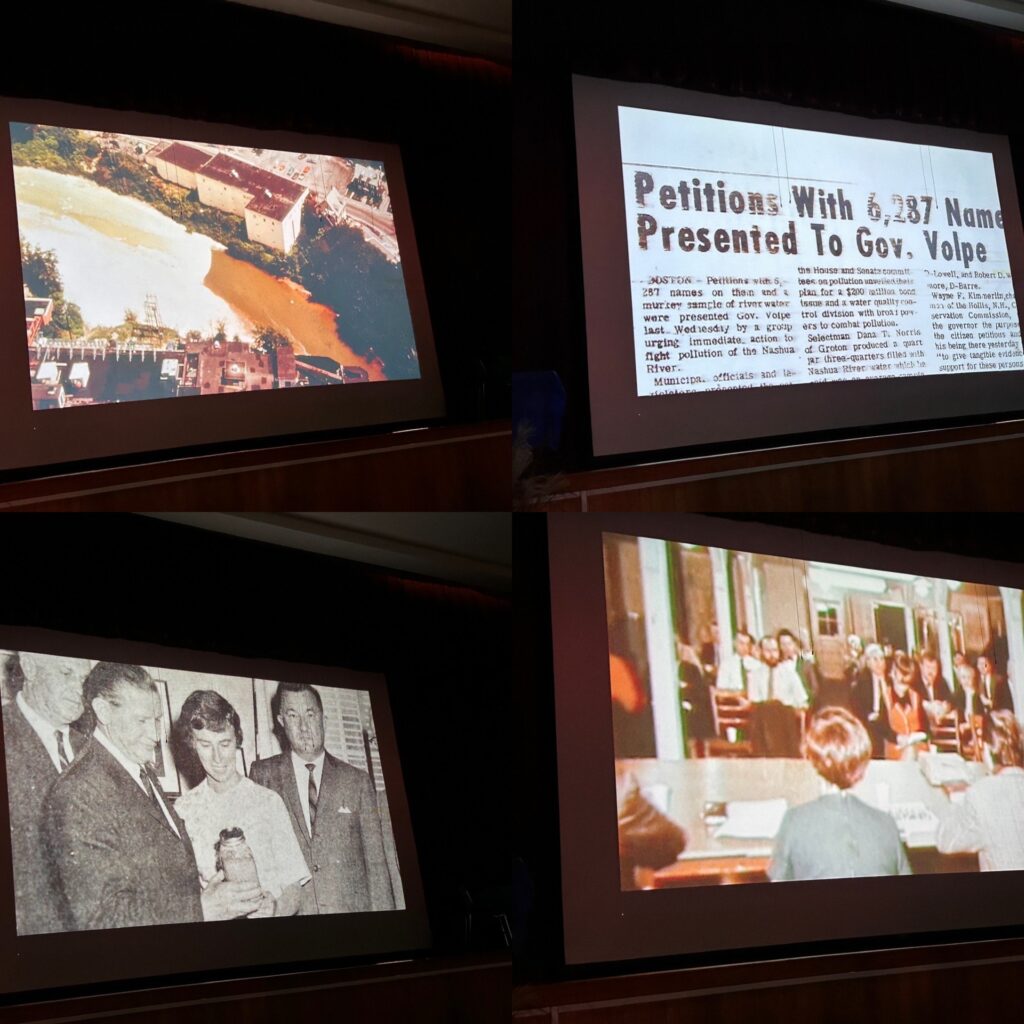
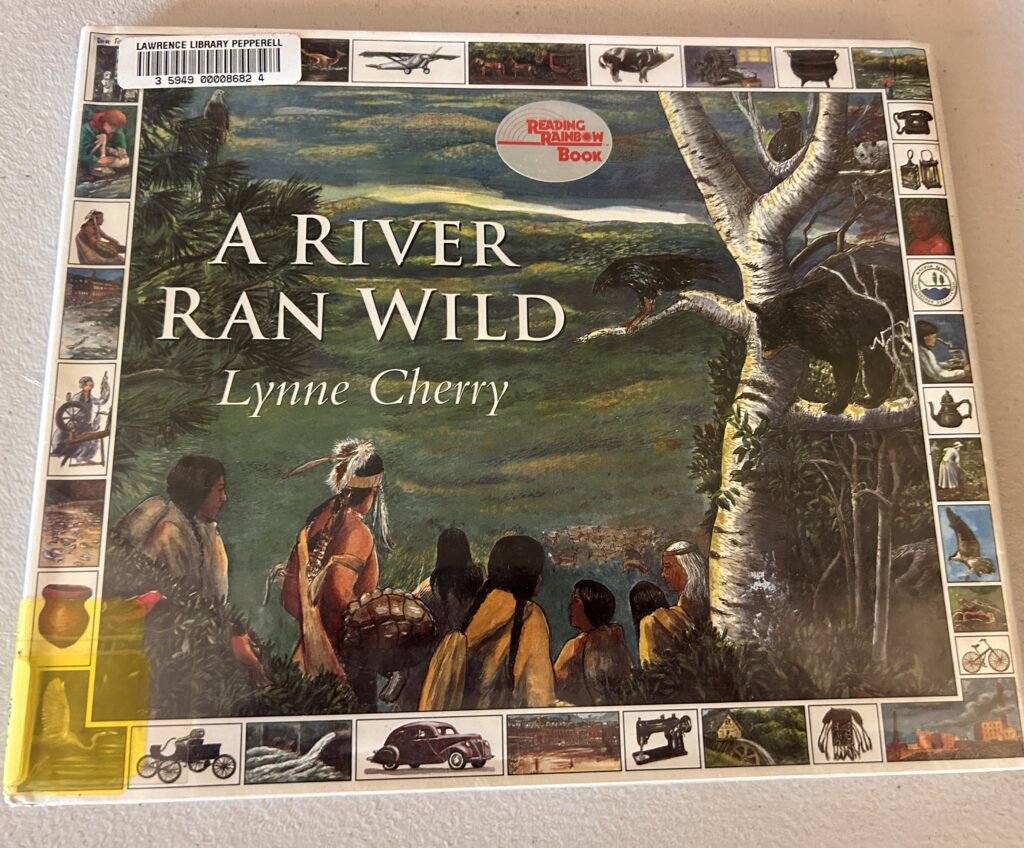
Among the crowd Friday were the author-illustrator Lynne Cherry whose children’s book, “A River Ran Wild” tells Stoddart’s story; State Senator Jamie Eldridge, who represented some of the towns along the Nashua River when he was in the House of Representatives; staff from State Representative Danillo Sena’s office, as Sena’s district covers those towns; State Representative Margaret Scarsdale; former Fitchburg Mayor Lisa Wong; and other leaders, all giving testimonials about how Marion’s work informs their own.
State Senator Ed Kennedy of Lowell said he “will take inspiration from Marion’s fortitude and tenacity” as he and New Hampshire colleagues together deal with combined sewer overflows (CSO) along the Merrimack and Nashua Rivers.
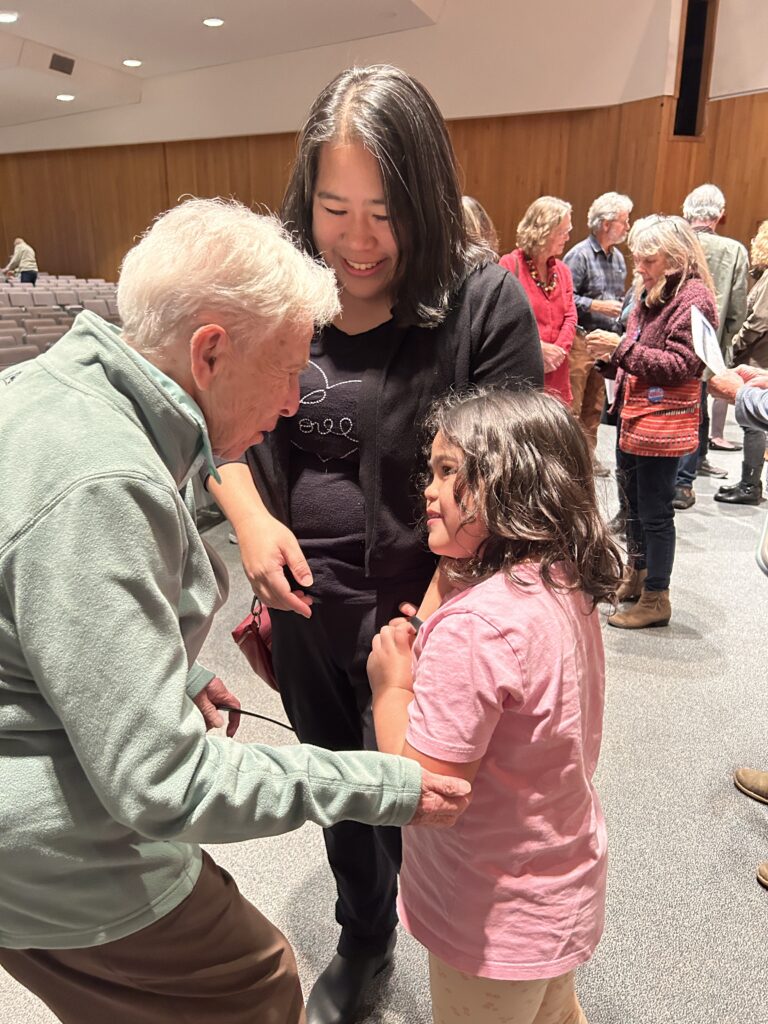
State Senator Eldridge said that Marion Stoddart continues to be his mentor as he works on CSO’s and the effects of PFAS chemicals in water. “From the moment I was first elected as a legislator, she has been a mentor to me with her persistence and vision to protect the environment. The ‘Work of 1000’ documentary not only recounts her 60 years of work protecting the Nashua River but highlights the situation women were in in the 1950’s and ‘60’s; as a feminist, Marion became a leader not only for the state but for the nation.”
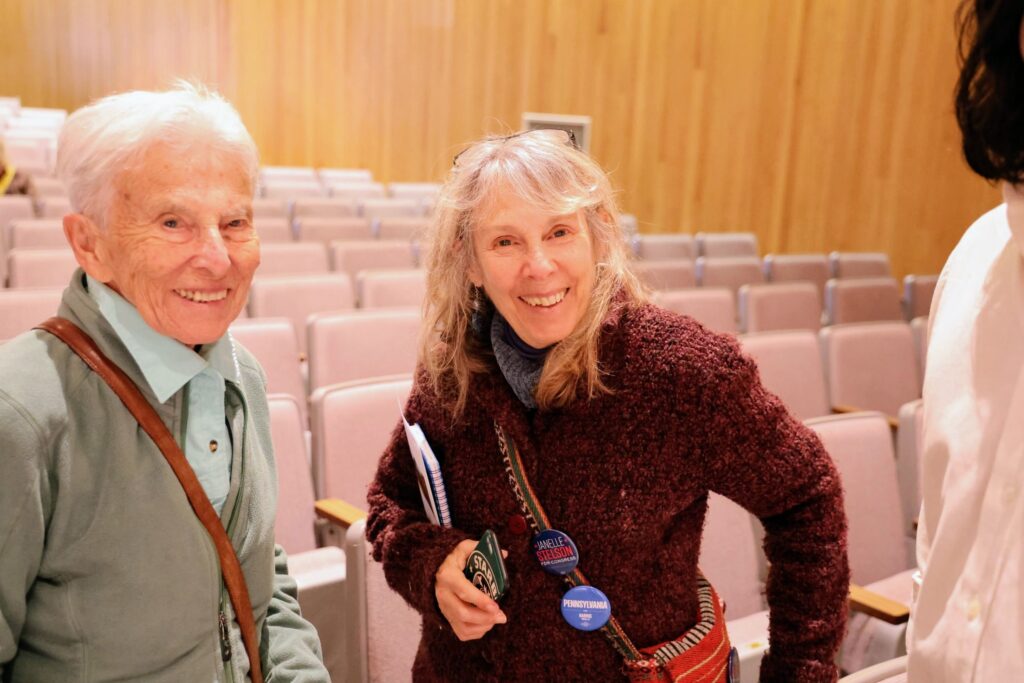
In usual fashion, Stoddart, 96, who has been honored by the United Nations and declared an Unsung Hero by the Today Show, reacted to the celebration with humility and generosity, appreciating in turn the work of fellow environmentalists and politicians who helped clean up the Nashua River and continue to work to expand access to the shoreline.
Stoddart loves to tell others to “ask for swimming,” referring to a time when Lieutenant Governor Elliot Richardson saw her editing and re-editing her notes for testimony she was about to give at the state house. She feared she was asking for too much to include a swimmable Nashua River in her vision. Richardson leaned over and told her, “Ask for swimming. If you don’t ask, you’ll never get it.” She did ask, and the next day Governor Volpe signed the Massachusetts Clean Water Act into law, the first in the nation.
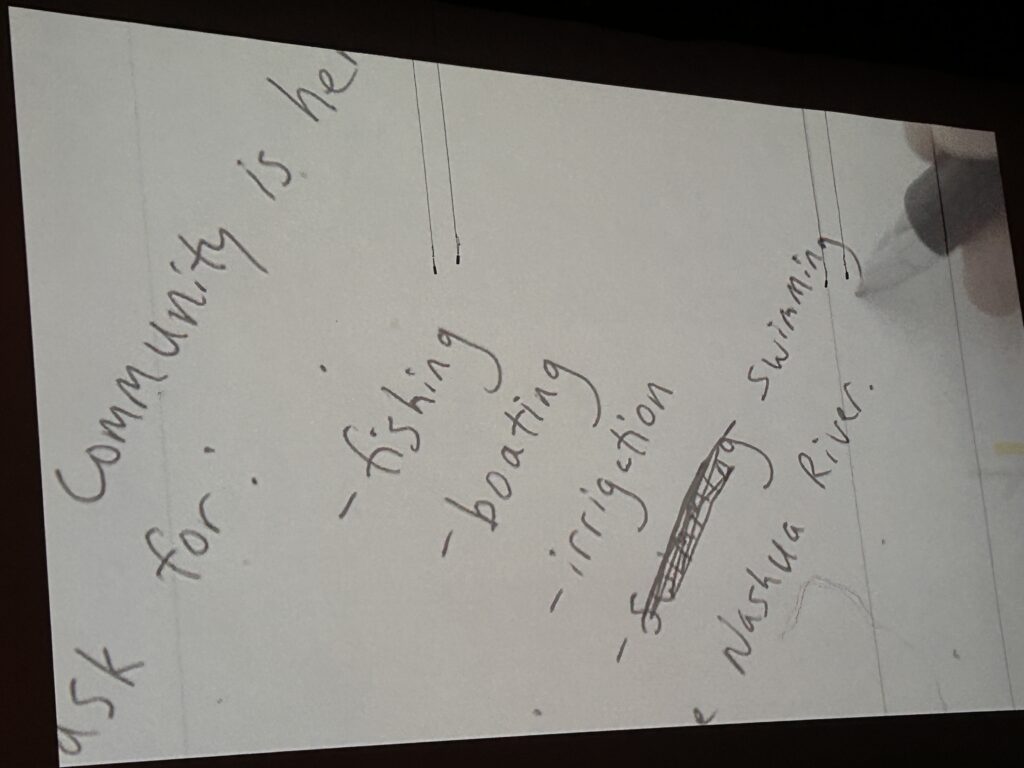
Credit: Scene from Susan Edwards’ film.
Nashua River Watershed Association (NRWA) Acting Executive Director Lauri Johnson said that one of Marion’s goals was a ribbon of green along the river; protecting land is one of the best ways to protect the river. That greenway is her passion. Today there are almost 200 miles of protected greenway and the NRWA is working to double that. In the film, former Fitchburg Mayor Bill Flynn recalled Stoddart being invited by the engineers to see the newly completed plans for the treatment plant. Her response was surprising but in character: “Where’s the walkway? There’s no provision here for the greenway along the river. People need access to the river!” Flynn said, in the film, “She saw the job at hand was to preserve the river for the people. And she did it.”
A film of the celebration is available through The Groton Channel cable TV.The 30-minute documentary has been made available for home viewing by Susan Edwards.
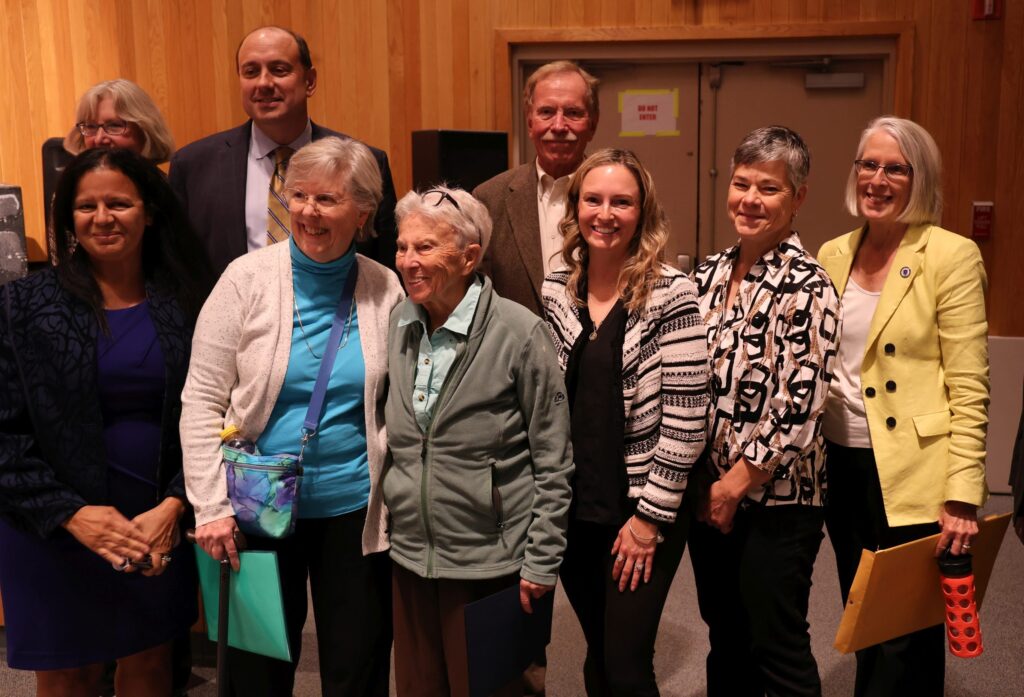
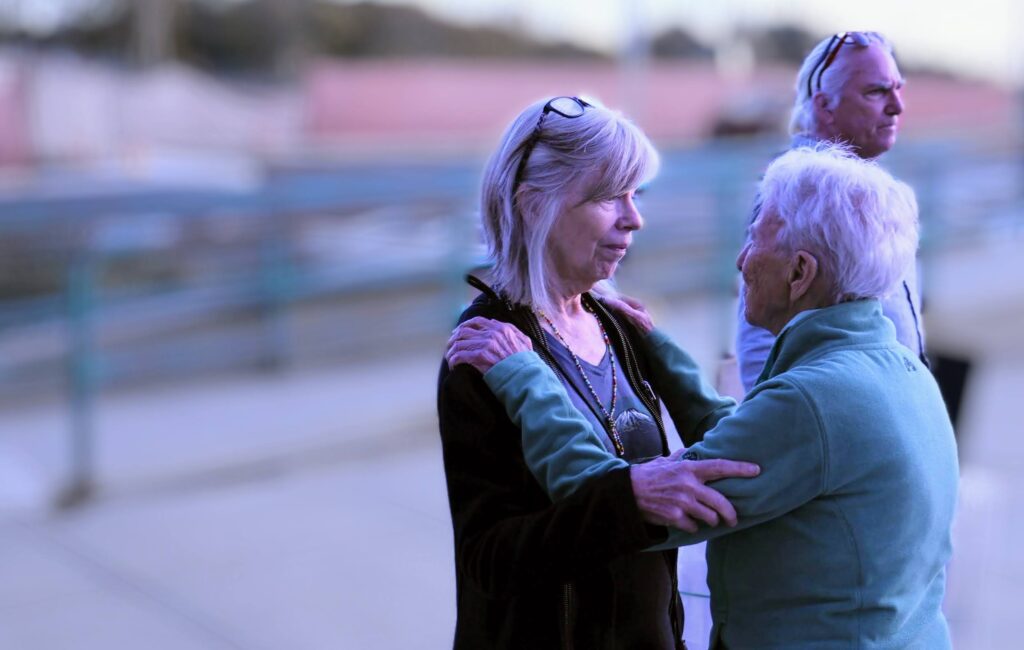
Franny Osman is the Editor-in-Chief of the Acton Exchange and writes on a wide variety of Acton topics. Franny wrote about Marion Stoddart in a column for the Beacon newspaper many years ago. Franny first met Marion through Women Outdoors, Inc., an organization Marion co-founded in 1989. She frequently quotes Marion’s three points of advice: Commit! (first step); Ask for swimming (see article); and, Stay away from naysayers.
